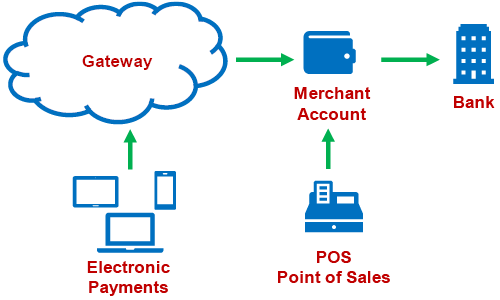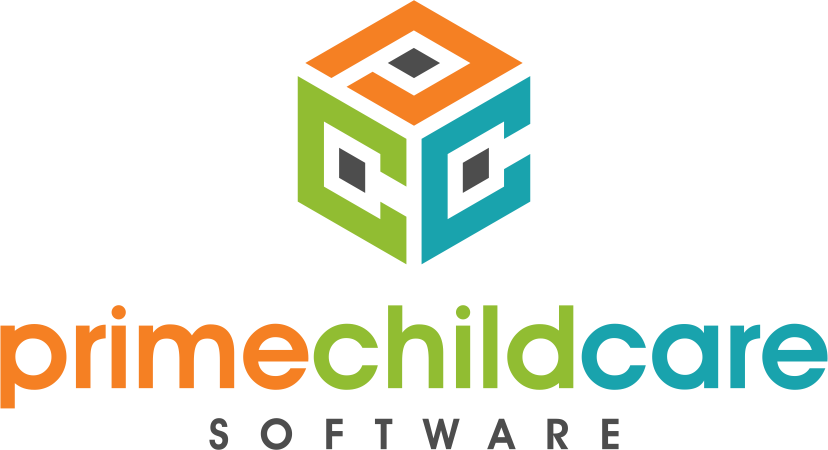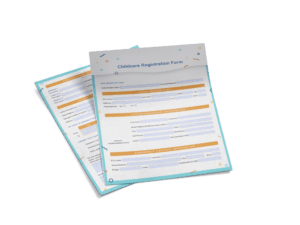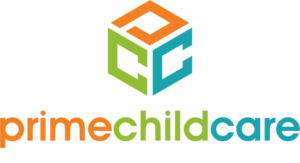Demystifying the electronic payment process so that you can accept credit card payments from parents.
It’s time to cut through the confusion surrounding electronic payments so that you can make the right options for your organization more clear. With off-the-shelf options like PayPal and Square, in addition to the myriad other choices flooding the market today it’s easy to get confused. However, with knowledge of just a few basic terms and concepts your choices will become much simpler.

Gateway: Many of you already process credit card payments through a terminal or point of sale system at your child care center. To accomplish this you had to set up a merchant account which processes your credit card transactions, deducts transaction fees and other charges, and then deposits the remaining balance into your bank account. When it comes to processing credit cards and other transactions such as ACH on the web, or through an app, you will need one additional party known as a gateway. Many merchant account providers are affiliated with a gateway, or in some cases are gateways themselves. In either case fees for these services may or may not show up on your bill as many merchant account providers build the fees into their transaction fees and other charges. Gateway fees can range between $15 and $50 a month for access to a gateway if you are processing credit cards online. Remember that having a merchant account does not automatically mean that you have a gateway or can process payments online as these services must be set up explicitly.
Choosing your providers: With that said, we can now dive into deciding which options work best for your organization. There are numerous providers when it comes to online payments for your organization beginning with off-the-shelf providers such as PayPal and Square. While off-the-shelf providers are enormously popular, easy to set up, and offer freebies they also represent the high side of individual transaction rates. Other child care systems also provide these type of services usually by reselling them packaged with their existing products and charges. These services can be a good option for in-home childcare businesses, or child care centers that are just getting started and have a small number of transactions each month. Most banks and credit unions can provide you with individual transaction rates that often significantly reduce costs to your organization overtime. Additionally, substantial savings can be had by going with a value-added-merchant service providers like our partners at First American. These partners offer “rate matching” and a host of other services in addition to the ability to process ACH transactions. This is an important consideration as most off-the-shelf services do not work with ACH, which is increasingly popular among child care customers.
At the end of the day you want to choose a service provider that will be transparent with costs, provide the greatest range of services, and meet the financial needs of both your customers and your organization. A great first step is to check with your current bank or credit union which will provide a good option, or at least a benchmark for vetting other value-added partners like ours. Please let us know if you have any questions about electronic payments for child care centers, or any other child care management tips you would like for us to provide in the future!
Recent Articles from Prime:

10 Benefits of Custom Daycare Menus
As a daycare owner, you know that children adore certain foods. But, what if they have allergies? We share the benefits of custom menus and how our daycare management software makes it easier to keep children safe. … Read More

Prime Childcare V2.6 Now Supports Daily Body Temperature Checks to Protect Daycares and Other Facilities
Prime Childcare V2.6 now allows temperature checks that can be customized to meet facility standards, while being compliant with various state and local mandates. Facility administrators set a maximum temperature threshold which alerts staff whenever a child exceeds that number,

🏆 Top 5 Ways Child Care Centers Can Save Money on CACFP Meal Production
1. Buy in Bulk & Use Cooperative Purchasing
• Join food co-ops or group purchasing organizations … Read More

Complete Checklist For Infant Care Professionals
Research shows that despite the facilities or number of staff that a daycare center has, the true indicator of the quality of a childcare program directly relates to the knowledge, attitudes, and skills of the adult professionals who work there. Check out our complete checklist of the different aspects of infant care, needs, and changes that daycare staff should consider. … Read More

Adding a New Revenue Stream With Drop-In Childcare
Hard times call for creative measures. Learn how to diversify your income stream with drop-in care. … Read More











